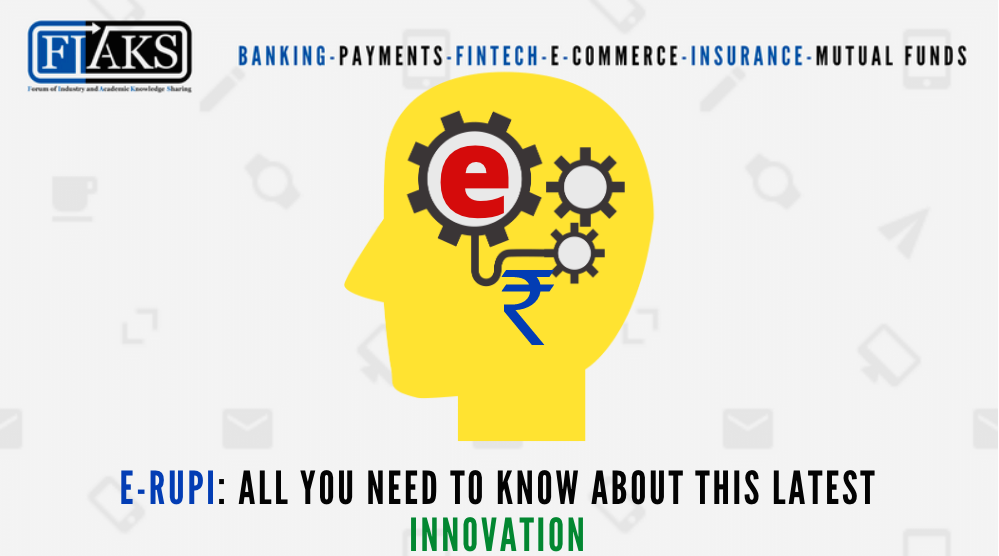Several Founders, Co-Founders, CXO Bankers, CXO Fintech professionals & people who participated in the ePanel discussions:
- Mr. Anupam Mishra, SVP- Product Management, Transaction Banking at IndusInd Bank
- Mr. Sheoji Meena, Former Director, Bank of India Uganda Limited
- Mr. Neeraj Chandra, Head of Operations and Technology, India, Abu Dhabi Commercial Bank
- Mr. Abhishek Arun, Chief Operating Officer, Paytm Payments Bank
- Mr. Ishan Vaish, India & UK Partnership Manager – Worldwide Developer Relations, Apple
- Mr. Ajay B Panicker, CEO & Founder, NetPay Limited
- Ms. Sarika Agarwal, Vice President, Transaction Solutions International (India) Pvt Ltd
- Mr. Raj K Prasad, Sr. VP & Head- Trade & Forex Products & Services at Axis Bank
- Mr. Shamil Vazir, former Assistant VP- Alternate Channels & Digital Payments, Equitas Small Finance Bank
- Mr. Roopesh Chandran, Director – Fintech, Processors and Business Excellence at Visa
- Mr. Hitesh Thakkar, Fintech Consultant, Self-Service Automation
- Mr. P B Prakash, Head-Financial Institutions Group, IndusInd Bank
- Mr. Arvind Narayanan, Co-Founder, Enlearning Skill Development Pvt ltd
- Mr. Sugata Ghosh, Associate Editor at The Economic Times, BCCL
- Dr. R Bhaskaran, Strategic Training Advisor in Banking & Finance
- Mr. Rajiv Rai, Former Chief Digital Officer, Edelweiss Financial Services
- Mr. Sugata Dutta, International Training Assessor & Banking Domain expert for E- Learning Platforms
- Ms. Praveena Rai, COO, NPCI
- Mr. Vikas R Panditrao, Co-Founder, Forum of Industry and Academic Knowledge Sharing (FIAKS)
- Many other CEO/CXO Bankers & Fintech professionals on FIAKS Forum requested to remain anonymous
Well, one more feather gets added in UPI NPCI prepaid payment with SMS. The Prime Minister announced the launch of e-Rupi which has been developed by NPCI on its UPI platform in collaboration with the Department of Financial Services, Ministry of Health & Family Welfare, and National Health Authority.[1] Seems like e-Rupi will be the next game-changer and digital currency for India as it does not require online banking payment applications and other traditional payment modes. It is currently live with 11 banks[2]
To begin with, let’s understand how it works and how it is beneficial: [1]
- E-Rupi is an e-voucher that is either QR code-based or SMS string-based. It is a completely cashless and contactless mode of digital payment.
- After the voucher is generated, it will reach the mobile of the beneficiaries. The redemption of the voucher will not require a card, any digital payments app, or internet banking access.
- It is a one-time payment mechanism that seamlessly connects the sponsors of the services with beneficiaries and service providers. Only after the transaction is completed the payment is made to the service provider.
- It does not involve any intermediary and is pre-paid in nature.
Member shares some details on issuance and redemption;
Issuance:
- a corporate/government can issue for a beneficiary for a specific validity
- beneficiary details need to be provided (mobile number, amount)
- Standard UPI flow to debit the money and confirm voucher creation
- Corporate can distribute as a QR code/SMS etc
Redemption:
- merchant scans the QR/enters details from the beneficiary
- initiates a request via acquiring bank, validates the voucher
- validation of voucher via bearer OTP
- acquirer bank initiates a request for debit to get the amount
FIAKS thought leader makes a forecast that this might impact AePS/micro ATM transactions which is been used today to withdraw Government subsidy:
- Let’s assume Government wants to give a subsidy to the farmer for buying seeds and fertilizer and this voucher is issued by the Government and can be used only at a specific MCC (merchant category code) which is agriculture merchant, the farmer has no choice of using the money only for buying agricultural products and not for something else. Also if the voucher is not used within 90 days it is canceled and the issuer gets the money back. This will give a genuine use case for DBT (direct benefit transfers) transactions if MCC based vouchers are issued
- Today all this was given into a bank account and tracking end-use was not possible. Now it can be tracked. On the contrary, this Government wants to track anything under the sun and control everything. This can be seen from GST to FASTag to Aarogya Setu. But unfortunately, excessive controls have serious side effects and people still figure out a way of beating the system.
- Forcing a farmer to spend his subsidy only on fertilizer outlets would increase his dependence on the suppliers and also make him borrow for other pressing needs. In the end, the supplier will take his cut and pay cash to the farmer who wants money instead of fertilizer (you can’t eat fertilizer). Member mentions he’s all for the innovation but it should not be a self-fulfilling exercise. Controls are good, but who will control the controller who goes out of control.
- Further, he adds, we migrated from product level subsidies to cash transfer to make the system efficient and reduce the power of middlemen and suppliers. Cash transfer also reposes faith in the end-user (farmer) than the system and allows the user to use the subsidy according to his economic judgment. But it seems we want to go back to the earlier system of tying up the farmer to the system.
When the banks give the loan they want that money to be used for that purpose, isn’t it? Why should we have a problem when the same is done here?
Register and Read the complete discussions

